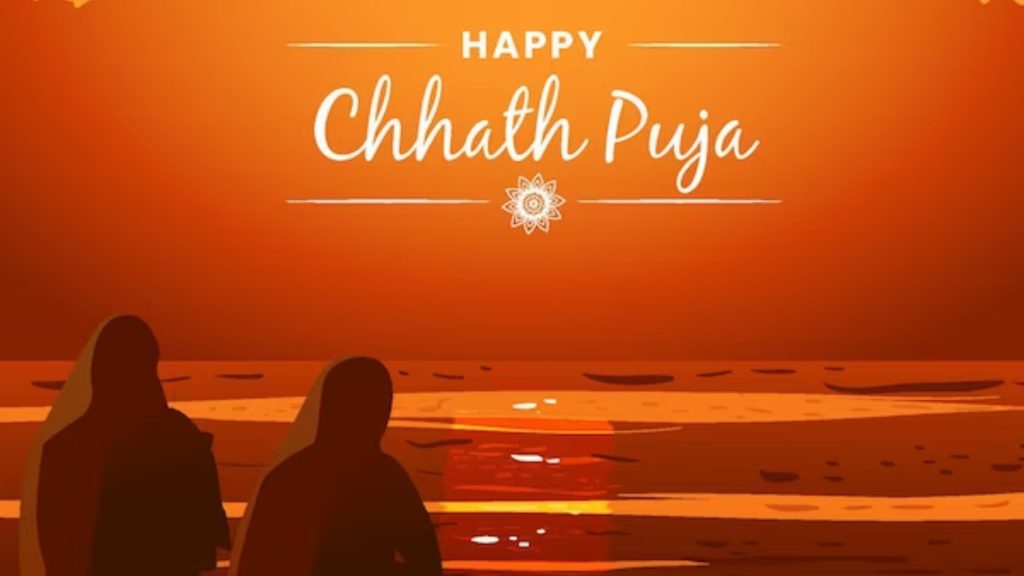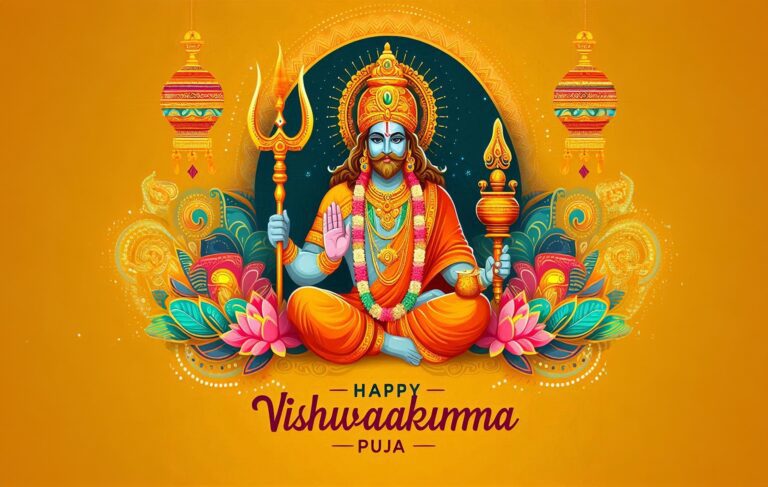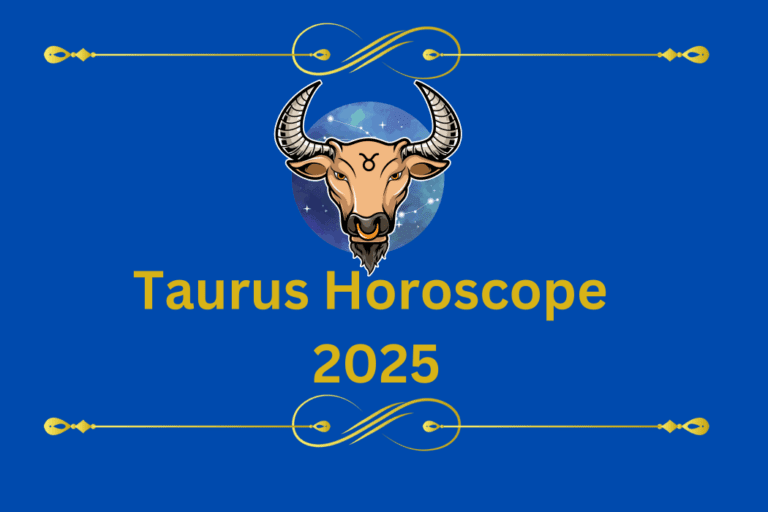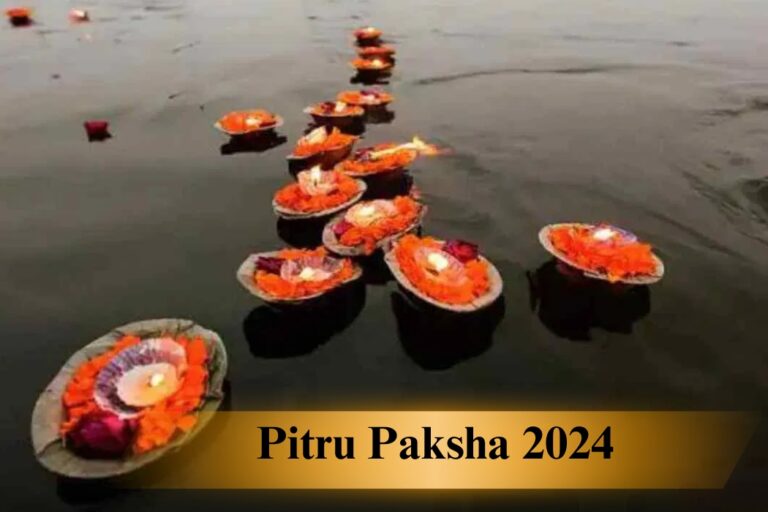When is Chhath Puja 2023? Date, history, importance, significance
Explore the rich traditions and spiritual significance of Chhath Puja, a Hindu festival dedicated to the worship of the Sun God. Learn about its history, rituals, and cultural importance in this insightful read.

Chhath Puja 2023: As we step into the heart of Indian tapestry filled with numerous emotions and traditions, and understand that the roots of the origin are intertwined with modern and ancient tradition, each day of the festival fills the air with excitement and love of the people living in Bihar, Jharkhand and Uttar Pradesh.
Virtual Puja Experience,
Anytime, Anywhere.
Book Your Puja Now & Ensure A Spiritual Experience For You & Your Loved Ones.
The Chhath Puja is a four-day festival of offering gratitude to the deity Sun and thankfulness for the bounties of life on earth, and to pray that certain wishes be granted. Join us as we unravel through this four-day festival with ultimate joy and love, while embracing the deity.
Chhath Puja 2023: Date
Chhath Puja is celebrated over four days, with its main rituals observed on the third day. In 2023, Chhath Puja will commence on Friday, 17th November, and the main day of worship, known as “Kharna,” will fall on Monday, 20th November. As observed every year, devotees will gather by the rivers, ponds, and water bodies to offer their prayers to the setting sun.
“Curious about what happens before the captivating Chhath Puja rituals kick off? Let’s delve into the fascinating preparations and significance that set the stage for this enchanting Hindu festival.”
Day 1 – Nahay Khay (First Day)
As the first ray of the light of the day caresses the earth, Chhath Puja unveils the spellbinding spectacle. Thousands of people, adorned in attractive attire, converge near the water edge. With the sun’s first rays painting the scene in the hues of gold, and devotion in their hearts, they take a cleansing dip in holy water. This ritual is known as ‘Nahay’. The purity and simplicity of this act symbolise the beginning of the spiritual journey that Chhath Puja represents.
After the ritual bath, families and communities come together to prepare a simple meal. It’s a feast for the senses as aromatic dishes are cooked on open fires, filling the air with tantalising scents. This communal meal, called ‘Khay,‘ is shared among the participants, reaffirming the bonds of unity and family.

Day 2 – Lohanda and Kharna (Second Day)
The second day of the Chhath puja is known as Lohanda and Kharna. Devotees abstain from food and water for the entire day, demonstrating immense self-discipline and the strength of their devotion. The fast continues until the evening when it’s time for ‘Kharna.’ This is a moment of profound significance.
As the sun sets, offerings are prepared with great care. Sweets, fruits, and rice are the mainstays of this meal, which is shared with family and community members. Therefore, later in the evening, vrattis prepare special Prasad called Rasiao-kheer (a type of sweet dish with the help of jaggery, rice and milk) and chapatis.
With these specially made Prasad and fruits like banana, radish, green ginger, betel leaves and spices like black cardamom and cloves, Vrattis worship Chhathi Maiya and offer these Prasad. What’s truly remarkable is the spirit of togetherness that pervades the occasion. Families come together to observe the fast and share the meal, reinforcing the bonds that lie at the heart of Chhath Puja.
Day 3: Sanjhiya Arghya (Third Day)
The third day of Chhath Puja, ‘Sanjhiya Arghya,’ is a time of unparalleled beauty and devotion. As the sun begins its descent, devotees make their way to the riverbanks or pond shores, carrying offerings, and their hearts filled with hymns of reverence. The setting sun becomes a witness to a profound connection between worshippers and nature. In this tranquil setting, the Sun God is worshipped with a fervour that’s nothing short of inspiring.
The sound of devotional songs fills the air as the sun dips below the horizon, symbolising the end of the day and the anticipation of a new dawn. The atmosphere is electric with spirituality, and the collective prayers reverberate with the essence of renewal.
Day 4: Usha Arghya (Fourth Day)
The grand finale of Chhath Puja, “Usha Arghya’’ takes place on the fourth day. The morning offering presented to the Sun God is referred to as “Bihaniya Arghya.” Devotees gather by the riverbanks well before sunrise, as the world is still bathed in darkness. As the first rays of the sun pierce the horizon, they offer the morning arghya by wading into the water with offerings held in sauri or supali containers. Following the morning rituals, the Vratti share Prasad with each other and seek blessings from their elders at the riverbank. Subsequently, they return home. It’s a moment of tremendous significance, symbolising new beginnings, energy, and positivity.
The rituals on this day are intricate and deeply spiritual. Elaborate offerings are made, accompanied by soul-stirring hymns and chants for Chhati Maiyya. The collective prayers that rise with the sun are a powerful reminder of the enduring power of human connection and the reverence we hold for the natural world.
Upon returning from the riverbank, the devotees break their 36-hour fast by consuming ginger and water. Afterward, a delectable meal is prepared and served to the devotees, known as “Paran” or “Parna.” Since they have fasted for an extended period, the food they consume on this day is usually light.
In this manner, the four-day Chhath Puja concludes.
Historical Significance
The historical significance of Chhath Puja is deeply rooted in ancient Hindu traditions and mythology. Here are some key aspects of its historical importance:
- Ancient Vedic Practices: Chhath Puja has its origins in the Vedic period, one of the earliest periods in Hindu history. The Rigveda, a sacred Hindu text, contains hymns dedicated to the Sun God, Surya. This reflects the ancient practice of Sun worship, which forms the core of Chhath Puja.
- Historical References: Chhath Puja is mentioned in various historical texts, including the Mahabharata and the Ramayana. These ancient Indian epics describe the observance of Chhath Puja, indicating that the festival has been celebrated for over two millennia.
Significance of Chhath Puja
Chhath Puja holds immense significance in Hindu culture, particularly in the Indian states of Bihar, Jharkhand, and Uttar Pradesh, as well as in some parts of Nepal. The festival is celebrated for several compelling reasons:
- Worship of the Sun God: Chhath Puja is primarily dedicated to the Sun God, Surya. The Sun is considered the source of life and energy, and by offering prayers to the Sun, devotees seek blessings for a healthy and prosperous life.
- Cleansing and Purity: The festival begins with a ritual bath in natural water bodies, symbolising the purification of the body and the soul. This act of cleansing is an essential aspect of Chhath Puja, emphasising the importance of physical and spiritual purity.
- Connection with Nature: Chhath Puja is a celebration of the close relationship between humanity and nature. The Sun, water, and earth are revered as life-giving elements, and the rituals performed during the festival reflect a deep appreciation for the environment.
- Community Bonding: Chhath Puja brings families and communities together. The shared fasting, preparation of offerings, and the rituals create a sense of unity and togetherness. It fosters a strong sense of belonging and reinforces family ties.
- Renewal and Positivity: The rituals of Chhath Puja, especially the offering of prayers to the rising and setting sun, symbolise renewal and the beginning of a new phase. It is a time to let go of negativity and embrace positivity and hope for the future.
- Cultural Heritage: Chhath Puja is a vital part of the cultural heritage of the regions where it is celebrated. It showcases the rich traditions and customs of these areas, and it has a profound influence on the local way of life.
- Religious Devotion: For devotees, Chhath Puja is a deeply spiritual and religious event. It provides an opportunity to express one’s devotion to the Sun God and seek blessings for health, happiness, and well-being.
Last Thoughts
Chhath Puja is observed for various reasons, and there are different beliefs among many sages and scholars. This is why several stories and narratives surround this sacred festival. Some of the prominent narratives are as follows:
- According to Acharya Vipin Shastri, when Lord Rama defeated Ravana and returned to Ayodhya, he fulfilled his duty as a Suryavanshi (descendant of the Sun) by worshipping his family deity, Lord Surya. He performed this sacred ritual along with Devi Sita. They offered arghya (ritual offerings) to Lord Surya in the Sarayu River at dawn and sunrise. Witnessing this, ordinary people began to observe the Chhath Vrat in a similar manner.
- According to the Puranic scholar Vinod Dubey, as per the written Mahabharata narratives, it is mentioned that when Karna was made the king of Anga Desh, he used to worship Lord Surya daily, especially during the sixth and seventh day. The ritual was a special homage to Lord Surya and was carried out in the same way as Chhath Puja is performed today. Observing this, the people of Ang Desh also began to worship Lord Surya at sunrise and sunset.
- According to some priests, it is stated that to atone for the killing of a sage, Maharaja Pandu, along with his wives Kunti and Madri, went into exile. During that time, Queen Kunti desired to have children. She worshipped Lord Surya in the Saraswati River by offering arghya (ritual offerings). Shortly after this puja, she gave birth to a son. It is believed that this puja resulted in her obtaining sons. It is also said that Draupadi observed this puja, and it is believed that by performing it, one can achieve the happiness of having offspring.
In essence, Chhath puja is a time to venerate the Sun God and seek his blessings for health, prosperity, and well-being. It promotes unity, discipline, and devotion among devotees. The festival’s rituals, fasting, and worship near water bodies symbolise gratitude for nature and its vital role in sustaining life, fostering a strong cultural connection to environmental preservation.
For more such information on festivals, rituals, and astrology, feel free to download the VAMA app.

Frequently Asked Questions
Q1: What is Chhath Puja?
A1: Chhath Puja is a Hindu festival dedicated to the worship of the Sun God, Surya, and his consorts, Usha and Pratyusha. It is celebrated primarily in the Indian states of Bihar, Jharkhand, and Uttar Pradesh, as well as in some parts of Nepal.
Q2: When is Chhath Puja celebrated?
A2: Chhath Puja usually occurs six days after Diwali, in the month of October or November. It is a four-day festival that includes rituals performed during sunrise and sunset.
Q3: What are the main rituals of Chhath Puja?
A3: The main rituals of Chhath Puja include taking a ritual bath, fasting, preparing offerings, and offering prayers to the rising and setting sun. These rituals symbolise purity, devotion, and gratitude to the Sun God.
Q4: Why is Chhath Puja significant?
A4: Chhath Puja is significant as it worships the Sun, a symbol of life and energy. It is also a celebration of purity, unity, and community bonding. The festival reflects the deep connection between humanity and nature.





